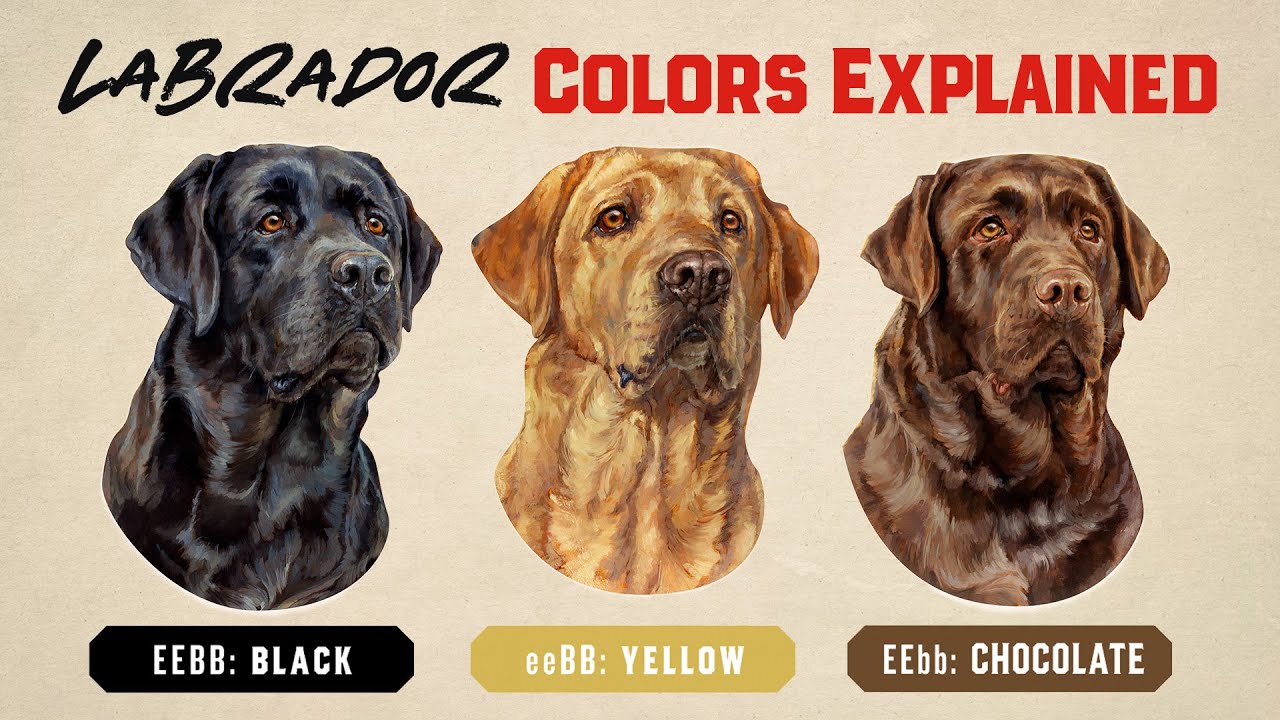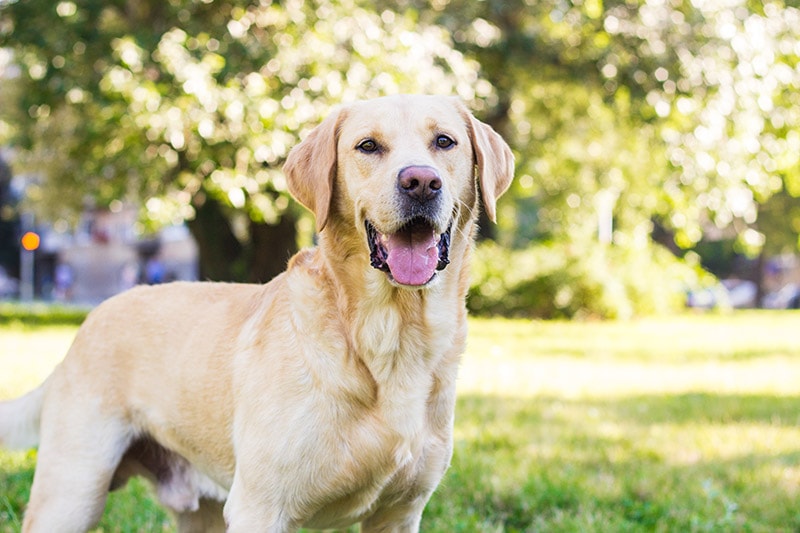Okay, so today I’m gonna chat about something I’ve been messing around with lately: Labrador Retriever colors, specifically the yellow ones. It all started because my neighbor got a Lab puppy, a real cutie, and she said it was “yellow.” But then I started noticing there seemed to be like, a bunch of different “yellows.” So, naturally, I had to dive in.
First things first, I hit the internet. I started searching stuff like “yellow Lab variations” and “shades of yellow Labrador.” Man, did I open a can of worms. Turns out, “yellow” isn’t just “yellow” when it comes to Labs. There’s a whole spectrum.

- Fox Red: This one really threw me at first. It’s like, a super dark, almost reddish-brown, yellow. Some people even call it “red,” which is confusing.
- Yellow: Okay, this is the one most people think of. It’s like, a classic golden retriever color, but, you know, on a Lab.
- Cream/White: This is the lightest end of the spectrum. They’re almost pure white, but technically still considered “yellow” Labs.
Okay, so understanding the different shades was step one. But I wanted to know why they were different. That’s when I started digging into genetics.
The Genetics Behind the Yellow
This is where things got a little complicated, but bear with me. Basically, color in Labs is determined by a bunch of different genes, but the main one we’re talking about here is the “E” locus. This gene controls whether or not the dog can produce black pigment (eumelanin). If a Lab has two “e” alleles (ee), it can’t produce black pigment. That’s when you get a yellow Lab. The thing is, even though they can’t produce black pigment, they can still produce another pigment called phaeomelanin, which gives them the yellow color. The intensity of that yellow is then controlled by other genes.
So, to kind of break it down:
- Ee or EE: The Lab will be either black or chocolate (depending on another gene).
- ee: The Lab will be yellow. The specific shade of yellow depends on other genes influencing phaeomelanin production.
To really get my head around it, I drew out some Punnett squares. Yeah, I went full-on high school biology. It helped me visualize how the different alleles could combine and what the possible outcomes would be. I even tried to predict what colors the puppies would be if I knew the parents’ genotypes (totally hypothetical, of course!).
After doing the genetics deep dive, I decided to go back and look at photos of different yellow Labs. This time, instead of just seeing “yellow,” I was actually able to appreciate the subtle differences in shade and understand why they existed. The fox reds, for example, have more intense phaeomelanin production. The creams have less.
The whole thing made me appreciate how much goes into something as simple as a dog’s color. It’s not just random; it’s a complex interplay of genetics. And it’s pretty cool when you understand it, even just a little bit.
I still have a lot to learn, but this little deep dive into yellow Lab colors has been a fun and fascinating experience. Maybe next I’ll tackle chocolate Labs… or even try to figure out how to breed a rainbow Lab (just kidding… mostly).







